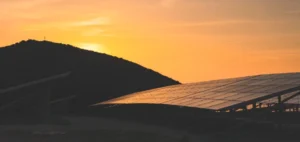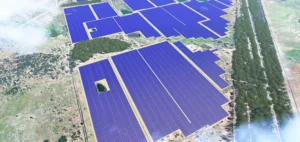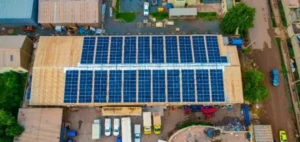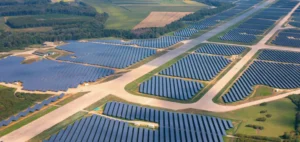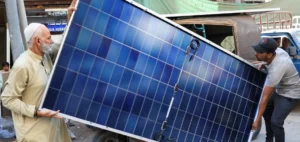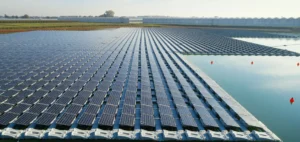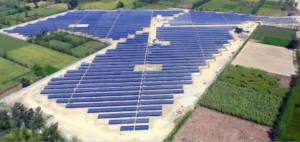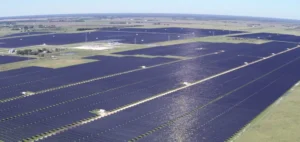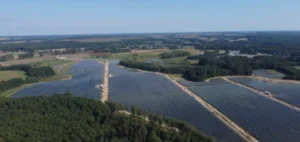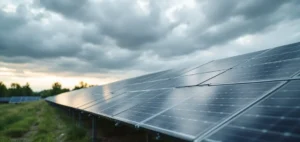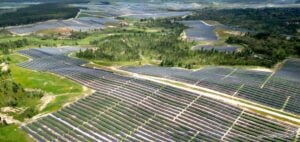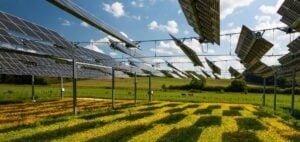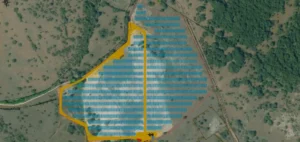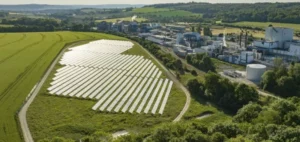Hydro-Québec has set a target to develop 3,000 megawatts (MW) of solar generation capacity by 2035. The announcement includes the launch of an initial call for interest for 300 MW, aimed at solar farms connected to the distribution grid. This phased deployment marks a significant shift in the investment priorities of the state-owned enterprise, which has historically focused on hydroelectric power.
New investment trajectory in energy
The Association de l’industrie électrique du Québec (AIEQ) welcomed the strategy, describing it as structured and scalable. By integrating solar as a complementary source to hydroelectricity, Hydro-Québec seeks to diversify its assets and secure its supply. The initiative is also expected to generate local economic benefits. “Energy mix diversification is essential to strengthen our collective resilience and seize economic opportunities across Québec,” said Alain Sayegh, Chair of the Board of AIEQ.
The initial call for interest targets projects that can connect directly to the distribution network, suggesting potential involvement from regional industrial players. Hydro-Québec is also preparing support measures for residential and commercial self-generation, facilitating the adoption of decentralised solar solutions.
Territorial engagement and local partnerships
The development of this sector includes plans for engagement with host communities, including First Nations and Inuit, who may participate in or benefit directly from the projects. This territorial approach aligns with broader efforts to build local partnerships around energy infrastructure.
The AIEQ stated it will continue to support its members in structuring solar projects across the province. “This shift reflects a clear commitment to building a modern, inclusive energy system that reflects Québec’s expertise,” said Marie Lapointe, Chief Executive Officer of the AIEQ.



